Barnaby Barford's Seven Deadly Sins at David Gill St James', London
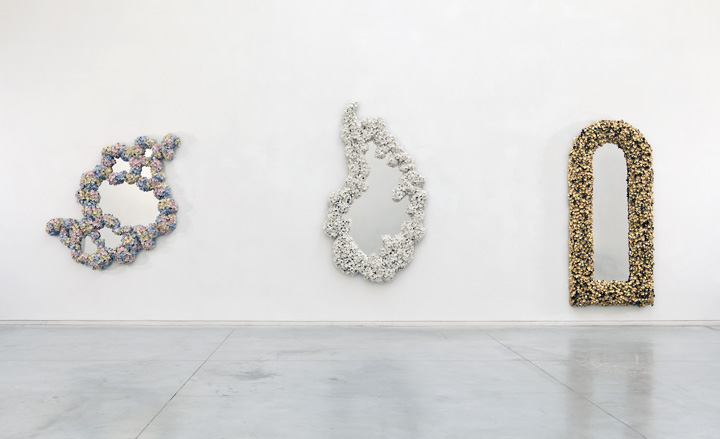
The Seven Deadly Sins, says Barnaby Barford, are all different results of love gone wrong. Whether it's Pride, Avarice, Envy, Gluttony, Lust, Sloth or Wrath, he explains: 'All the sins start off at the same place as virtues. You love something but then it becomes excessive.' Pride, for example, is love of oneself, which might be worthy but not at the cost of loving others. Sloth meanwhile 'isn't laziness, it's about not engaging, not loving, not hating or caring.'
Barford, the original subversive ceramicist, has just unveiled his new works: a series of seven epic, gigantic and beautiful mirrors based on each of the Deadly Sins at David Gill St James'. A sea change from the dystopian figurines he has become well known for, these impossibly intricate structures have been 14 months in the making, with about 30 people helping out along the way.
The frame of each mirror is built up using clusters of individually cast porcelain and ceramic filigree flowers ('the language of love'), foliage and the occasional butterfly. The mirrors' shapes reflect the sin in question, with Wrath mimicking a cartoon-like explosion, Sloth almost melting to the floor, and Lust splashed in an embarrassing puddle across the wall.
Closer inspection meanwhile sees the visual messages further detailed as each flower and leaf carries a printed message - a portion of a takeaway menu (Gluttony), bank notes (Avarice), or photographs of looters during the London riots (Envy).
The works are not a religious statement, says Barford, who was inspired by the way the Seven Sins have perpetuated through the ages, and wanted to explore their meaning. 'They were written down by Pope Gregory in about 600AD and they were even around before then, so in a way they have lasted for nearly 1,500 years,' he explains. 'I wanted to explore what they meant today, but in a more secular society, without the threat of eternal damnation. How do they matter now? If they do matter, are there any consequences, and if there are consequences whose beliefs are they? Is it our own conscience? Is it the law governing society?'
After much thought and study, Barford's message is that at the beginning of the 21st century, consumerism can be at the root of many of these ancient moral evils. 'We are consumers, and in a way, we're no more than that,' he says. 'But if all you do is consume in society and hanker after what other people have, then you're not a satisfied citizen. Take the [2011] London rioters. What did they do? They went shopping and they trashed everything. We're supposed to be equal in our society, but I think that the meaning of equality has changed; people think it means being identical and having what everyone else has.'
Art exhibitions, particularly private views, can be as much about people-watching as what's on the walls, but this is never more true, or hilarious than when the artworks in question are mirrors. Everyone wants to inspect the works without appearing to be checking themselves out, but all efforts prove futile in the end. And that's partly the point: the viewer becomes part of the artwork, 'both reflexively and reflectively, demonstrating desire and seeking the truth.'
While Barford created the series as a way to 'make people think', it's important to him too that people find the works entertaining. 'I still want people to have fun with it. I think [this subject matter] does really matter, but I don't want to be too heavy about it. It's important that people look at these and they take away what they want to see and what they want to take away from it.

The frame of each mirror is built up using clusters of individually cast porcelain and ceramic filigree flowers ('the language of love'), foliage and the occasional butterfly. Their shapes reflect the sin in question, with 'Sloth' (pictured) appearing to melt towards the floor

These impossibly intricate structures have been 14 months in the making, with Barford (right) enlisting about 30 different people to help out along the way
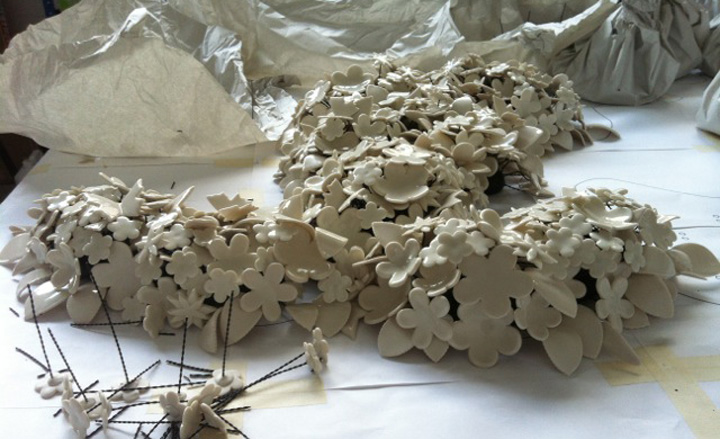
The floral clusters of Sloth begin to take shape in Barford's studio...
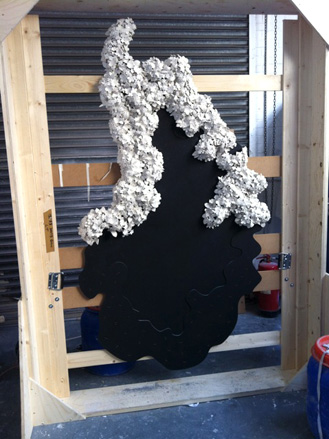
... before being affixed to the mirror
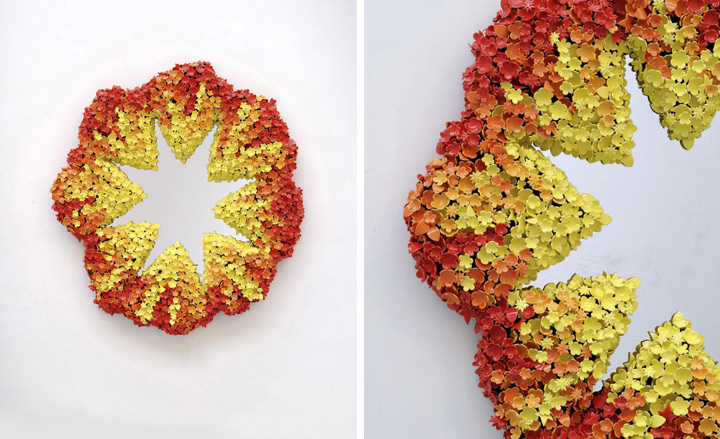
'Wrath' takes the form of a cartoon-like explosion
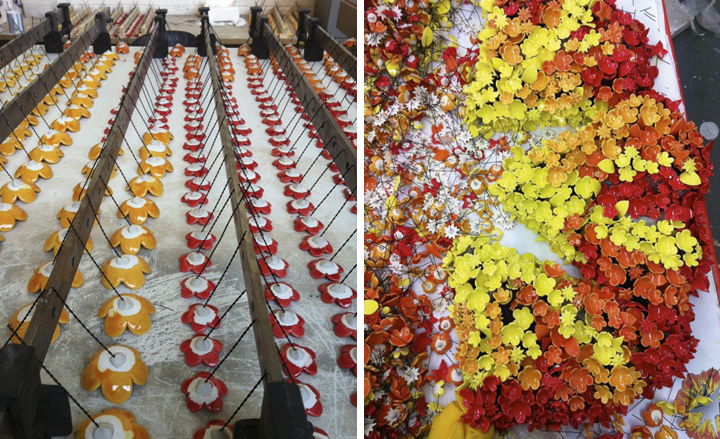
The angry red, yellow and orange petals of Wrath
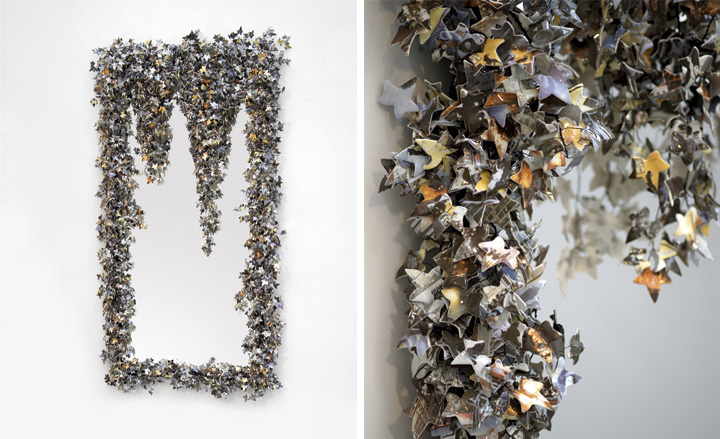
'Envy' comprises branches of ivy adorned with images of looters during the London riots in 2011. It's a dig at consumerism and people's constant envy of what others own. 'What did the London rioters do?' asks the artist. 'They went shopping and they trashed everything. We're supposed to be equal in our society, but I think that the meaning of equality has changed; people think it means being identical and having what everyone else has'
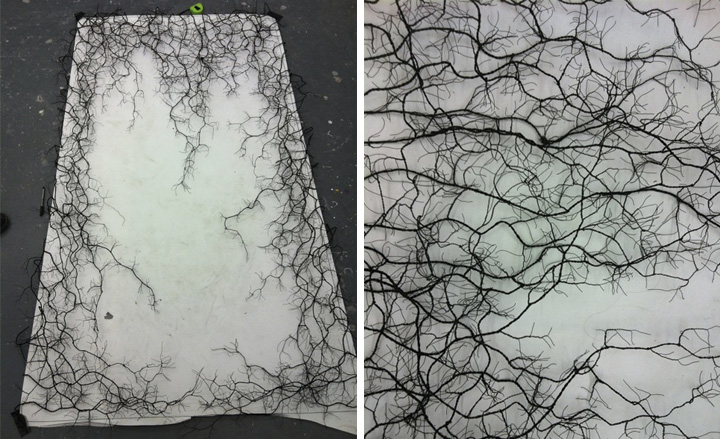
The branches of Envy
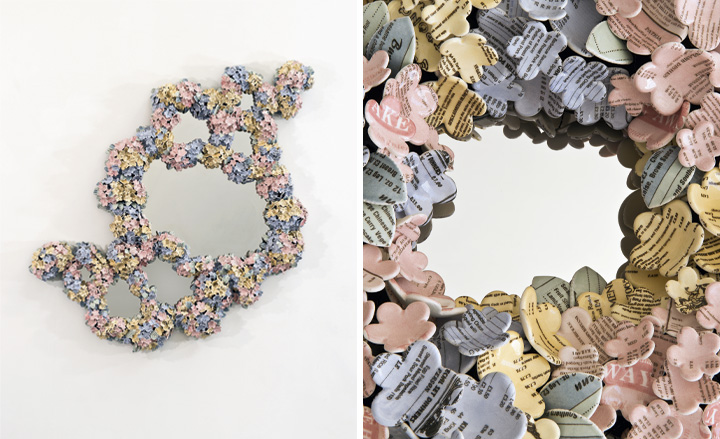
The petals of bloated 'Gluttony' are covered in takeaway menus from fast food joints
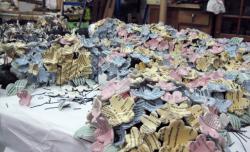
Gluttony takes shape in Barford's studio
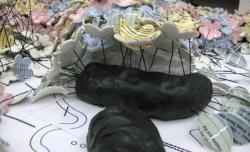
Building the clusters
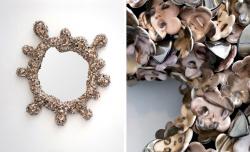
'Lust' appears splashed on the gallery wall like an embarrassing puddle. Its petals carry pictures from porn magazines of people in ecstatic states
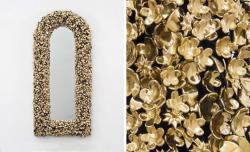
'Pride' takes a triumphant form, framing the viewing with an arch of golden petals
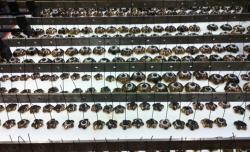
The gold-leafed petals, ready for assembly in Barford's studio
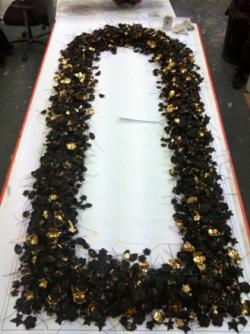
Pride, under construction
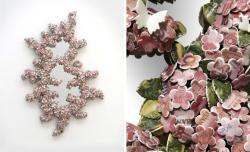
'Avarice' - the first piece in the collection, launched at PAD London last year - is adorned with fragments of paper currency
ADDRESS
David Gill Gallery St
2-4 King Street
London
SW1Y 6QP
Receive our daily digest of inspiration, escapism and design stories from around the world direct to your inbox.
Henrietta Thompson is a London-based writer, curator, and consultant specialising in design, art and interiors. A longstanding contributor and editor at Wallpaper*, she has spent over 20 years exploring the transformative power of creativity and design on the way we live. She is the author of several books including The Art of Timeless Spaces, and has worked with some of the world’s leading luxury brands, as well as curating major cultural initiatives and design showcases around the world.
-
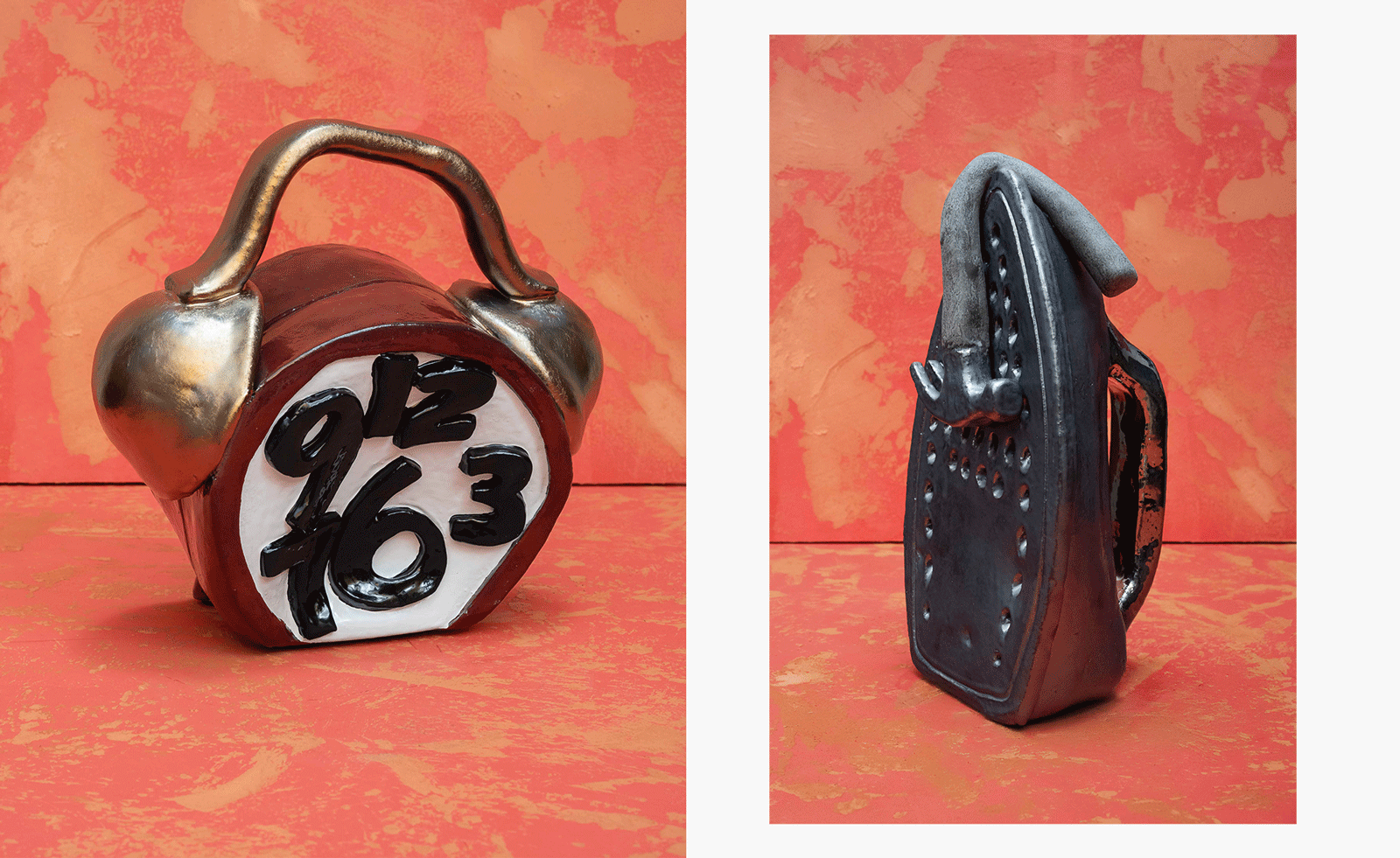 Sculptor Woody De Othello paints a Miami museum red for a show that ‘almost hugs you’
Sculptor Woody De Othello paints a Miami museum red for a show that ‘almost hugs you’The Miami-born, California-based artist opens his first museum exhibition in his hometown as an experiential journey through life and lifeless objects
-
 Alpine A390 GT: French, fast and fun. A sporting EV with a real sense of occasion
Alpine A390 GT: French, fast and fun. A sporting EV with a real sense of occasionAlpine doubles down on its fast electric credentials with the A390 GT, the French performance brand’s largest car to date
-
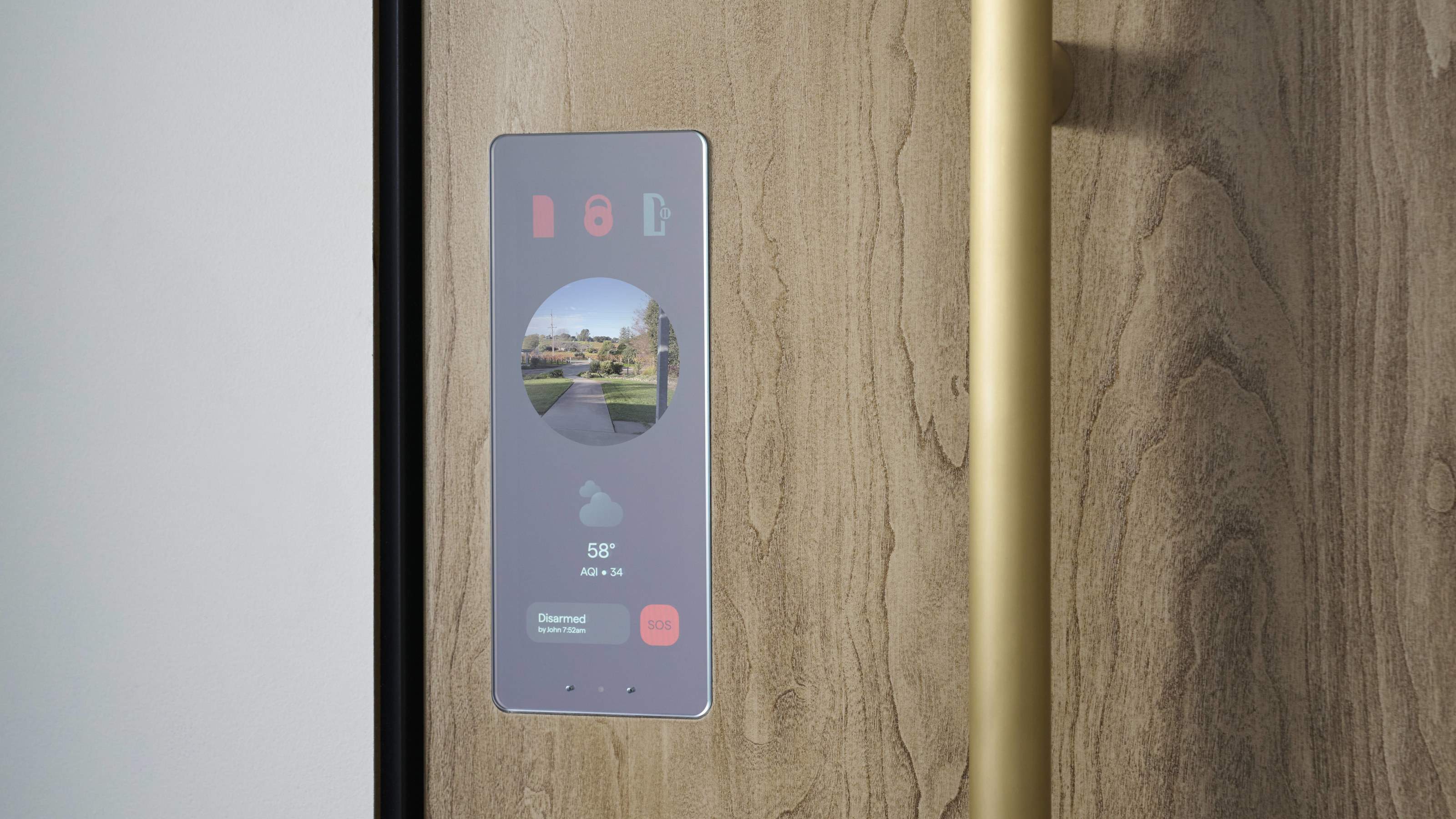 Forget smart homes, Doma's 'intelligent' doors open at the sight of a familiar face
Forget smart homes, Doma's 'intelligent' doors open at the sight of a familiar faceYves Béhar and Jason Johnson have founded Doma, a tech start-up dedicated to seamlessly integrating tech into your daily life
-
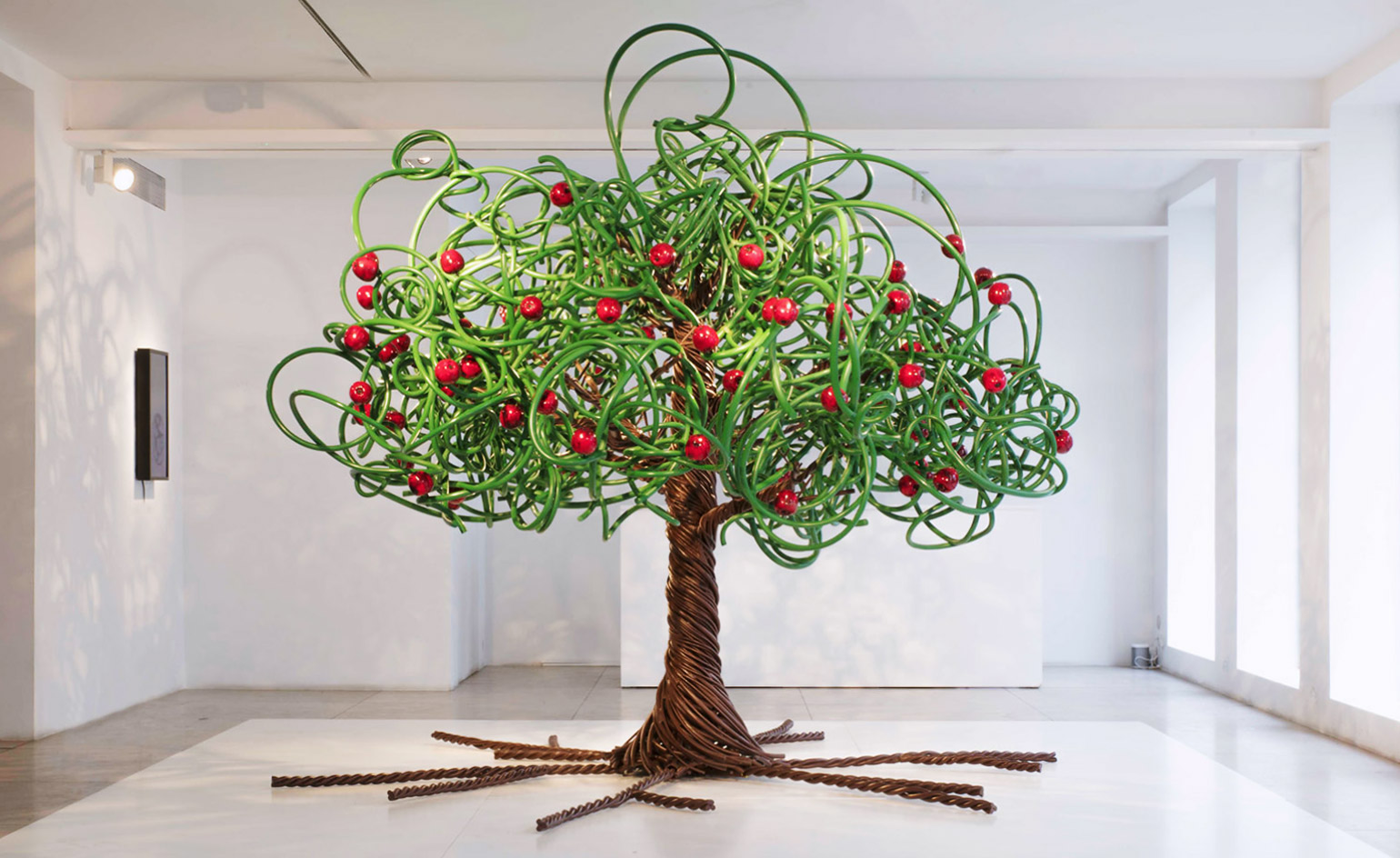 Barnaby Barford's well-rounded show bites the forbidden fruit
Barnaby Barford's well-rounded show bites the forbidden fruitThe British artist's incisive London exhibition at David Gill Gallery presents foreboding musings on contemporary culture, anxiety, and the politics of ‘more'
-
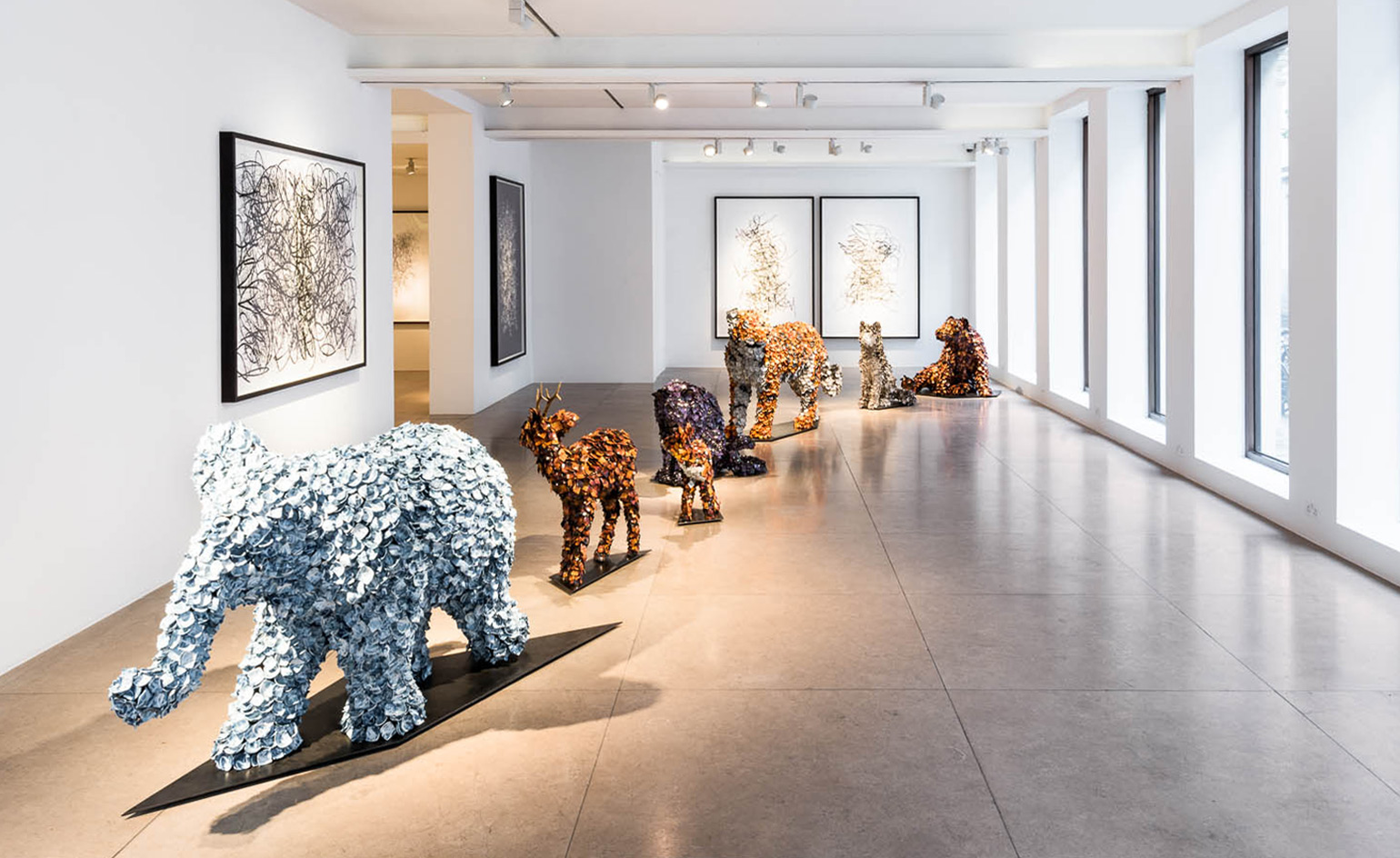 Animal magic: it’s story time with Barnaby Barford’s menagerie
Animal magic: it’s story time with Barnaby Barford’s menagerie -
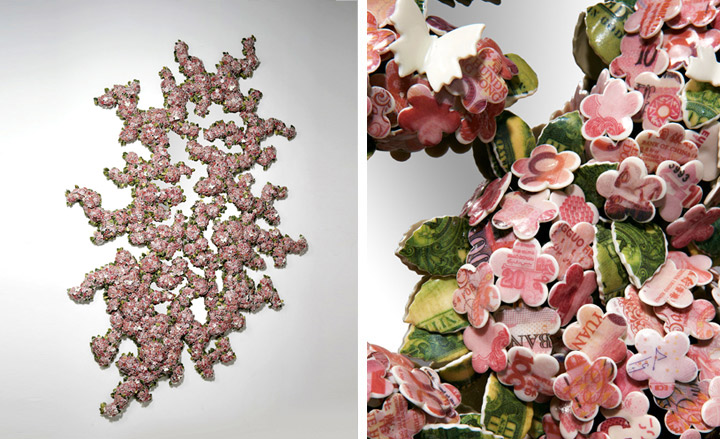 Made of money: ceramicist Barnaby Barford unveils latest sculpture
Made of money: ceramicist Barnaby Barford unveils latest sculpture